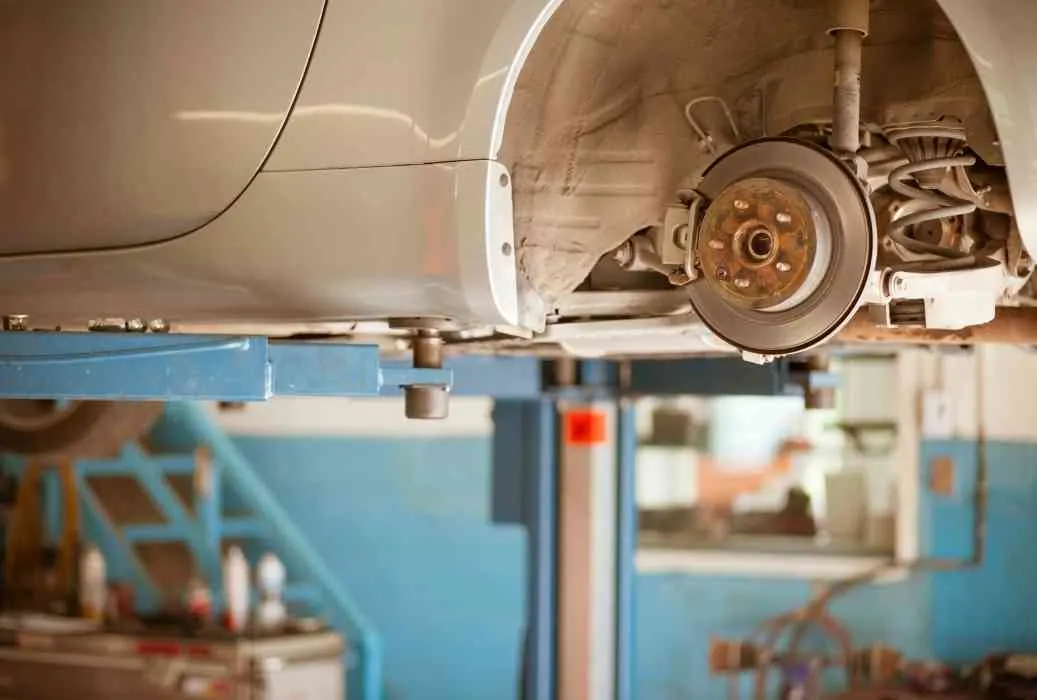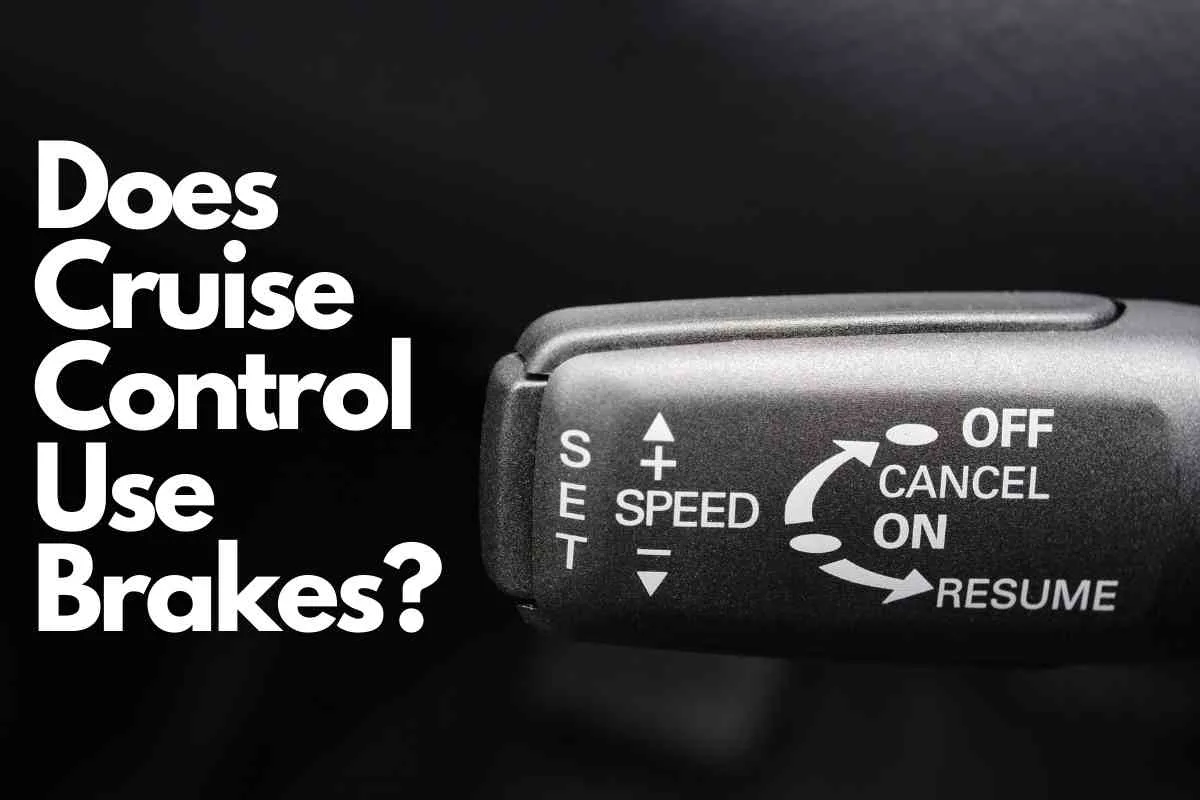Cruise control has been around for the last few decades and is a great help on long drives.
But what exactly is it, and does it cause more harm than help? Does using cruise control all the time ruin your brakes or is that just a myth?
Traditional cruise control usually utilizes the car’s throttle and doesn’t affect the car’s brakes at all. On the other hand, Adaptive Cruise Control (ACC) does utilize your car’s brakes and will therefore wear them out faster than if you didn’t use ACC.
Keep in mind that cruise control and ACC are two different things.
There are different types of cruise control, and this article focuses on both of these types, how they work, and how to engage the cruise control system.
So, keep reading this article till the end if you want to be fully informed!
How does cruise control slow your car down?
Cruise control uses the car’s throttle to control the car’s speed.
Once a cruise control system is engaged, the vehicle uses either a throttle cable or an electronic system to keep the vehicle at the current speed.
The cable or electronic system controls the amount of air going into the engine, so you don’t have to press or release the accelerator manually to control the engine’s power.
This process is controlled by an actuator, which opens and closes the throttle.
How is cruise control different from adaptive cruise control?
Whereas normal cruise control maintains the speed that you have set, adaptive cruise control automatically senses your surroundings and acts accordingly.
This is done via a range of sensors built within the car and helps to control the brakes and acceleration of the car.
Adaptive Cruise Control focuses on the vehicle in front of you and increases or decreases the speed to match the speed of the vehicle in front.
If the car in front changes lanes or moves out of your preset speed, the system automatically brings the speed down to the preset speed.
Does cruise control wear out brakes?

Conventional cruise control doesn’t use the brakes at all and instead utilizes the throttle to control the vehicle’s speed.
Adaptive cruise control does use the brakes in order to reduce speed but doesn’t wear out the brakes.
Cruise control utilizes engine braking, which is essentially downshifting to reduce speed and increase throttle to increase speed.
The only issue faced with cruise control regarding wear and tear is that your engine may be strained in situations where you are driving on a slope, like a steep hill.
Does cruise control turn off when you brake?
The cruise control system usually disengages when the brake is released, or the clutch is depressed.
Since there is no clutch in cars with automatic transmission, pressing the brake will disengage the cruise control system.
All cruise control systems usually feature a switch that allows you to toggle between on and off.
Once you activated the cruise control, you have to set the speed at which you want the car to maintain. This is usually done by a button, or by manually setting the stalk.
Pressing the cancel button will remove the speed set on the cruise control system, but not deactivate it.
Pressing the resume button will reactivate the cruise control system once again until you shut it off via the off button.
Some systems also allow you to adjust the speed by pressing the +/- buttons.
When to NOT use cruise control
Just because it’s a helpful feature, doesn’t mean it’s ideal for using all the time. There are several different occasions when the driver should be more aware of their surroundings, and manually control the car’s speed.
Using cruise control when you’re sleepy or drowsy is a definite no, and will surely lead to disaster.
If there is an oncoming obstruction on the road, it’s better to drive the car yourself since cruise control doesn’t actually control the car.
Driving in the city is also a situation in which it’s better to drive the car yourself, and not use cruise control. This is because the city, being a dense urban environment, is full of obstacles, pedestrians, cyclists, etc.
Heavy traffic can also be a cause for concern within cities, and accidents are much more likely to occur.
You should never use cruise control when it’s rainy or on wet roads. Cruise control can’t accurately account for the reduced traction on slippery roads, reducing the braking distance.
Even if your car is equipped with adaptive cruise control, don’t use it in wet weather.
You should also not use cruise control on roads that have turns and winding routes. Situations like these require careful driving on your part, not a system locking your vehicle’s speed.
When should you utilize cruise control
It’s best to use cruise control on highways, long straight roads, during dry weather. The weather conditions aren’t rainy, there is no heavy traffic, and you are completely in your senses and can control the vehicle easily.
What should I do to preserve my brakes?
If you’re really concerned about your brakes, there are several other things you can do to preserve their condition.
Driving at slower speeds requires lesser breaking, and you can rely on your throttle to slow down your car. This will place reduced stress on the brakes.
Bleeding your brakes is also important since that keeps unwanted air out of the brakes. Air in the brakes results in a delay when you brake, and this can be disastrous in some cases.
The best bet would be to get your brakes looked at by a mechanic so they can bleed your brakes for you.
Getting your car’s rotors changed when they’re worn out is beneficial for your brakes. You can have your mechanic assess their condition and change them if needed.
Final thoughts
Using cruise control doesn’t wear your brakes out, and there are different ways you can maintain the condition of your brakes.
Always make sure to use cruise control in ideal conditions and avoid situations where improper usage can lead to accidents. Happy driving!
